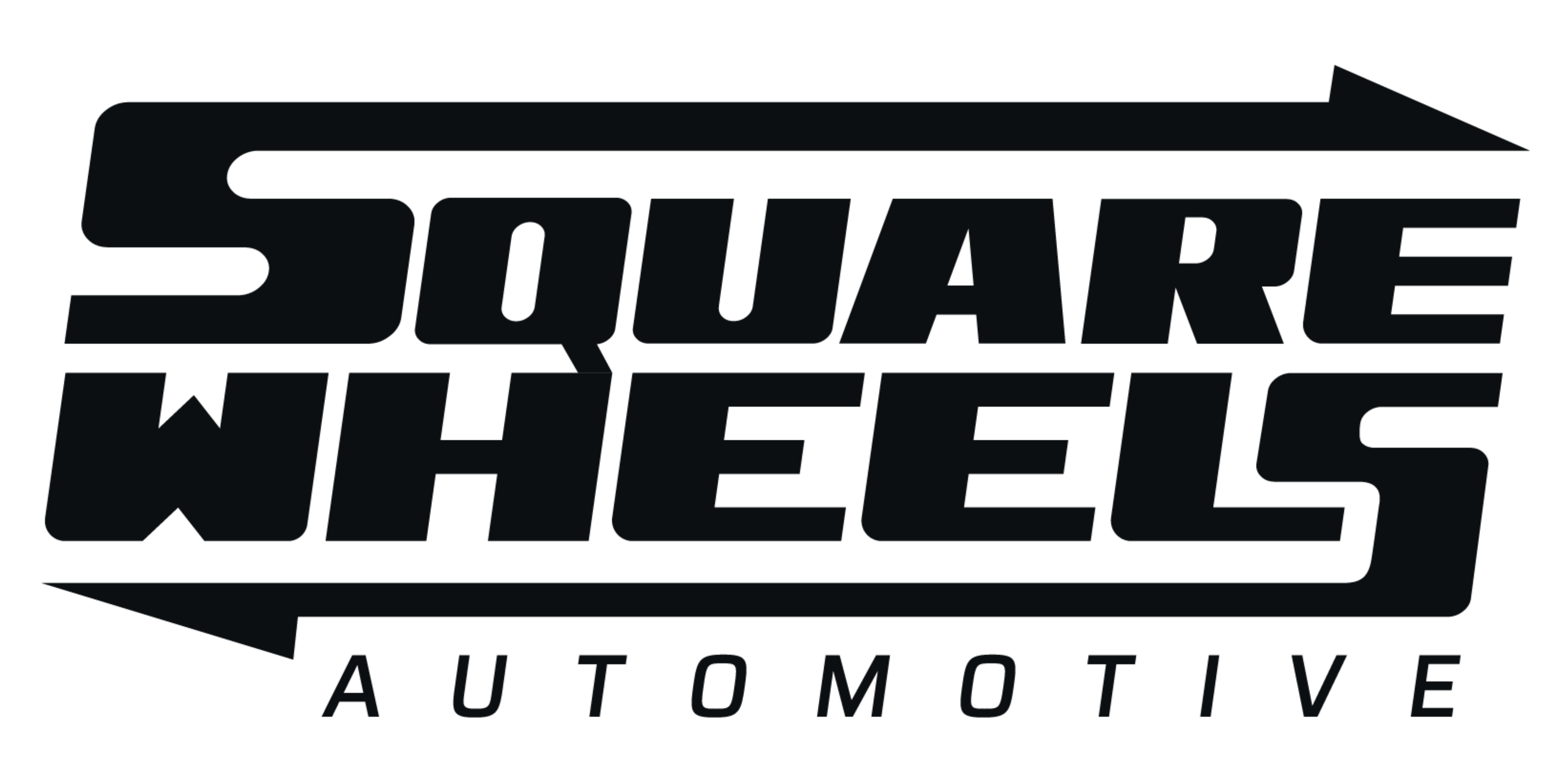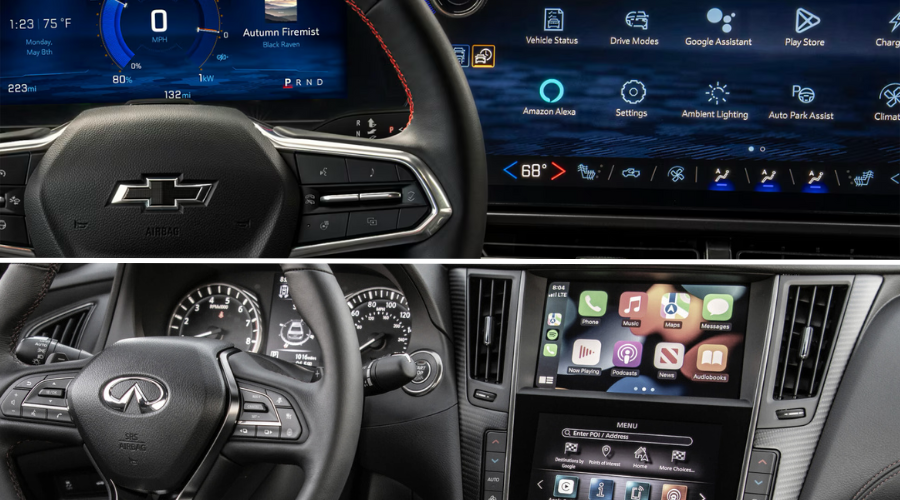i recently had an eye-opening experience that made me question the direction Nissan and Infiniti are taking in their approach to technology and innovation. I was in Las Vegas at the SEMA show, representing both SquareWheelsAuto and Aucar at the Aucar booth. During my time at SEMA, I was surrounded by some of the most impressive and boundary-pushing builds I’ve ever seen. Everywhere I turned, I saw vehicles that took design, performance, and technology to new heights, with innovations that redefined what’s possible in the automotive world. After a long week filled with mind-blowing creations, the last place I expected to be jarringly surprised was in my cousin’s Chevrolet Equinox.

From the moment I sat in that Equinox, I was struck by the intuitive layout, seamless integration, and genuinely modern feel of the infotainment system. Every touch and command felt responsive, while the screen was clear, high-resolution, and well-positioned to be easily accessible yet unobtrusive. It dawned on me that, compared to this, the systems in Nissan and Infiniti vehicles feel almost archaic. This is particularly surprising because, not long ago, Nissan was known for bringing innovations to the mainstream, yet today it seems as though the brand’s spirit of innovation has stalled.
The Innovation Gap in Infotainment and UX
In the last decade, automotive infotainment systems have become one of the primary battlegrounds for car manufacturers. Customers no longer see their car as just a means to get from point A to B; they expect their vehicle to connect seamlessly with their digital lives. And while competitors like Chevrolet, Ford, Hyundai, and even Toyota are making strides in offering seamless, high-tech infotainment systems, Nissan and Infiniti seem to be spinning their wheels in place.
Consider the Equinox I rode in. The system was not only visually pleasing, with its sleek and modern graphics, but it also felt intuitive and responsive. Features like wireless Apple CarPlay and Android Auto, built-in Wi-Fi, and an easy-to-navigate menu have all become standard, not luxury, in many vehicles. In contrast, many Nissan and Infiniti models are still clinging to outdated graphics, slower response times, and, in some cases, a lack of essential connectivity options. In a world where drivers expect smartphone-level performance in their car’s dashboard, it’s jarring that Nissan and Infiniti are not stepping up to meet these needs.

Missed Opportunities and Stagnant Tech
What makes Nissan and Infiniti’s stagnation even more frustrating is that they aren’t lacking in the resources or capacity for innovation. Nissan, for example, was one of the pioneers of electric vehicles with the Leaf, and they’ve taken bold steps in areas like autonomous driving with ProPILOT Assist. Yet, when it comes to infotainment, these brands feel stuck in a bygone era, as if they’ve deprioritized the very experience that keeps drivers engaged and connected. It’s hard not to wonder if they are missing out on a core component of the modern driving experience by not keeping pace in the infotainment arms race.
While brands like BMW, Mercedes-Benz, and even Hyundai are constantly upgrading their systems to enhance driver satisfaction and stay ahead of consumer tech trends, Nissan and Infiniti are falling far behind. Other OEMs are introducing customizable interfaces, over-the-air updates, and robust voice assistants that make driving more connected and enjoyable. By contrast, Nissan and Infiniti feel like they’re stuck in neutral.
The Role of SquareWheels G-Series Head Units & Apex Digital Clusters
Interestingly, Nissan’s failure to innovate and meet consumer expectations has paved the way for aftermarket brands like SquareWheelsAuto to thrive. At SEMA, Aucar’s booth displayed SquareWheels’ G-Series head units and Apex digital clusters, which have gained popularity because they offer the modern, customizable experience that Nissan should be delivering directly to its customers. SquareWheels’ G-Series units provide a responsive, sleek interface with support for Apple CarPlay, Android Auto, and frequent software updates to stay current. The Apex digital clusters also offer clean, high-resolution graphics that allow drivers to access important data at a glance, giving Nissan owners a way to upgrade the lackluster stock systems that came with their vehicles.
Recent Layoffs and Their Implications
Compounding these technological shortcomings are recent developments within Nissan’s corporate structure. In August 2024, Nissan announced a voluntary severance program targeting U.S. salaried employees aged 52 or older in certain non-manufacturing units and those aged 55 or older in manufacturing roles. This move came after a significant decline in quarterly earnings, attributed to heavy incentives and marketing costs aimed at offsetting intense sales competition.
While the company has not disclosed specific job reduction targets, such measures often signal deeper issues within an organization. The focus on cost-cutting and workforce reduction may divert attention and resources away from essential areas like research and development, particularly in infotainment and user experience. This could further widen the innovation gap between Nissan, Infiniti, and their competitors.
What Needs to Change
It’s time for Nissan and Infiniti to get back to their innovative roots. They need to listen to their customers and understand that tech-savvy consumers expect a seamless, connected experience. Investing in better hardware and software, creating more intuitive user interfaces, and prioritizing regular updates would be a good start. Even something as simple as embracing over-the-air updates to keep software fresh and functional could go a long way in signaling to customers that these brands are committed to improvement.
If Nissan and Infiniti don’t act soon, they risk not only falling further behind but also damaging their reputation as forward-thinking automotive brands. Sitting in that Equinox made it all too clear: the competition isn’t just moving forward—they’re accelerating, and if Nissan and Infiniti don’t keep up, they may be left in the dust.



Share:
Tiempo de inicio de AuCar MK5 Fastboot